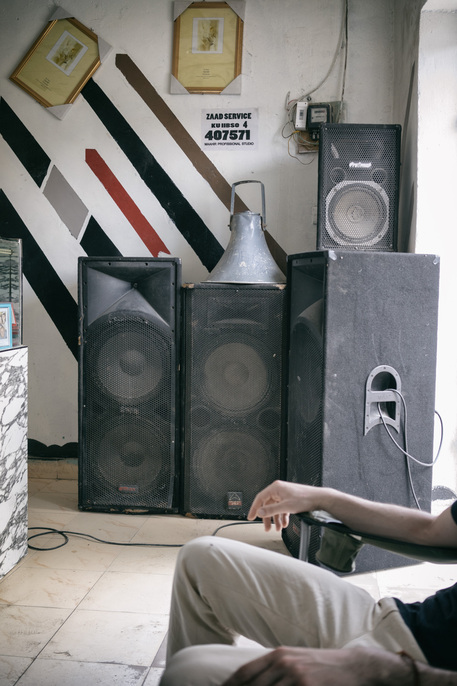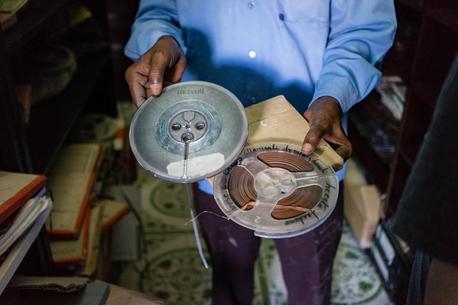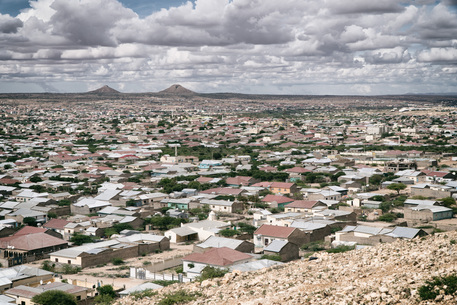Written by:
Nicolas Sheikholeslami
Edited by:
Share article:
The starting point
In the autumn/winter of 2015, I began researching Somali music on YouTube. I heard Somali song which I liked a lot and thought to myself ‘OK, I don´t know any other Somali music,’ so I plunged into YouTube and got hooked to the fact that a lot of the stuff you find on YouTube consists of videos of live performances. The videos are digitized versions of VHS recordings or recorded videos from the state television. As I could often see the time and the date of the recordings, I realized a lot of the stuff was from the 1980s.
For example, in a 1988 video, one could see a crazy party in Mogadishu, with nicely dressed women and funky dudes. They were partying when the civil war had already started in the northern part of the country. I got really hooked. I felt like I was traveling back in time. Watching the video from my standpoint, 25-30 years later, I knew what would happen, but they couldn't know at that time. I was obsessed with the idea that this would be lost, until now.
I spent some months checking for this kind of stuff. It is not easily accessible, because there were no records, no tracks numbered, no name or artwork — just recordings. And most were not even made in a proper studio. I thought: “OK, now that I spent so much time on this, I should have other people take part in this.” My idea was to create a tape, as most of the stuff had been privately recorded on this format, I thought it would be nice to take it from YouTube back to tape, to make an object out of it one could hold in their hands. Looking for a title of the tape, I thought about this one song by a band called Iftiin, a song where the women and the men are singing ´Au revoir, au revoir mon amour, au revoir.’ While I was listening to that, I had the feeling that they were not just singing about their amour, but also about the entire culture in itself. The proper translation for au revoir is not good bye forever, but just good bye for now. We will see each other again. I put this tape online and took it to several shops in Berlin and Hamburg. Later on, Vik Sohonie (who runs the New York-based imprint Ostinato Records) found the tape online and he became obsessed with it. He approached me and asked me if I would like to do this properly, not in a bootleg kind of way. I agreed. So, this is how we met.
In the winter of 2015 we agreed to start doing things professionally. We did our best to get access to the Somali diaspora community, but it was hard. At first, we wrote a lot of messages on YouTube channels. I wrote several messages, but YouTube is not like Facebook, you don´t instantly realize when you get a message. Somalis prefer phone calls and to handle things with personal meetings. So the starting point was rather hard.

 were the main source material in the Red Sea Cultural Center.jpg)


